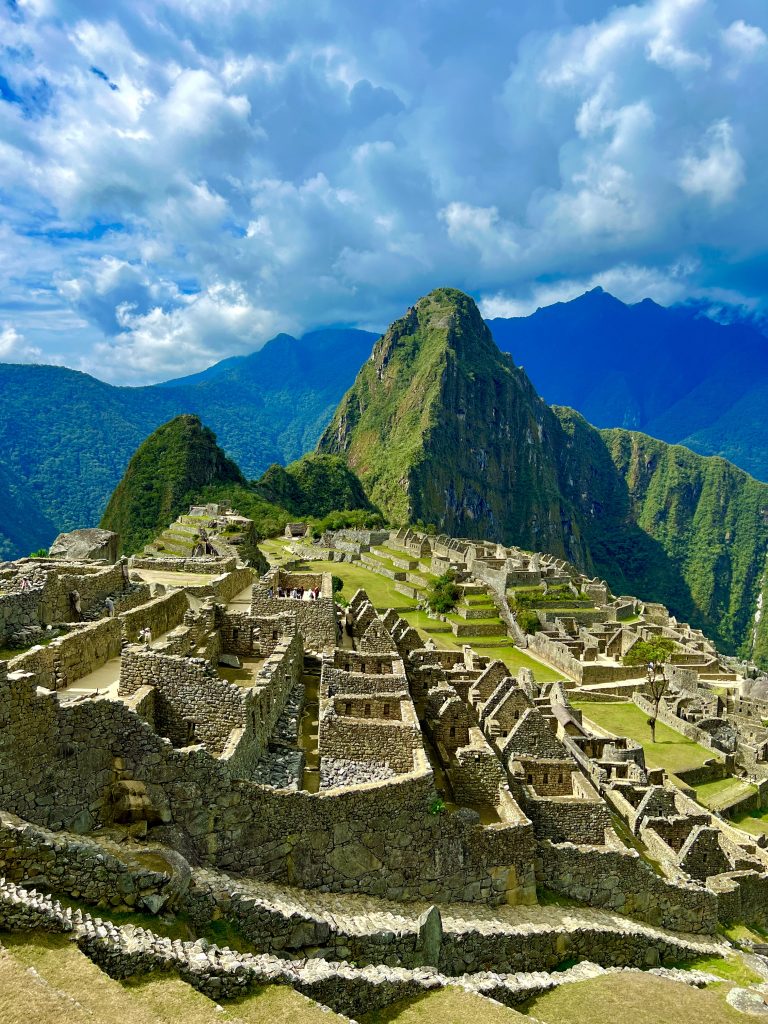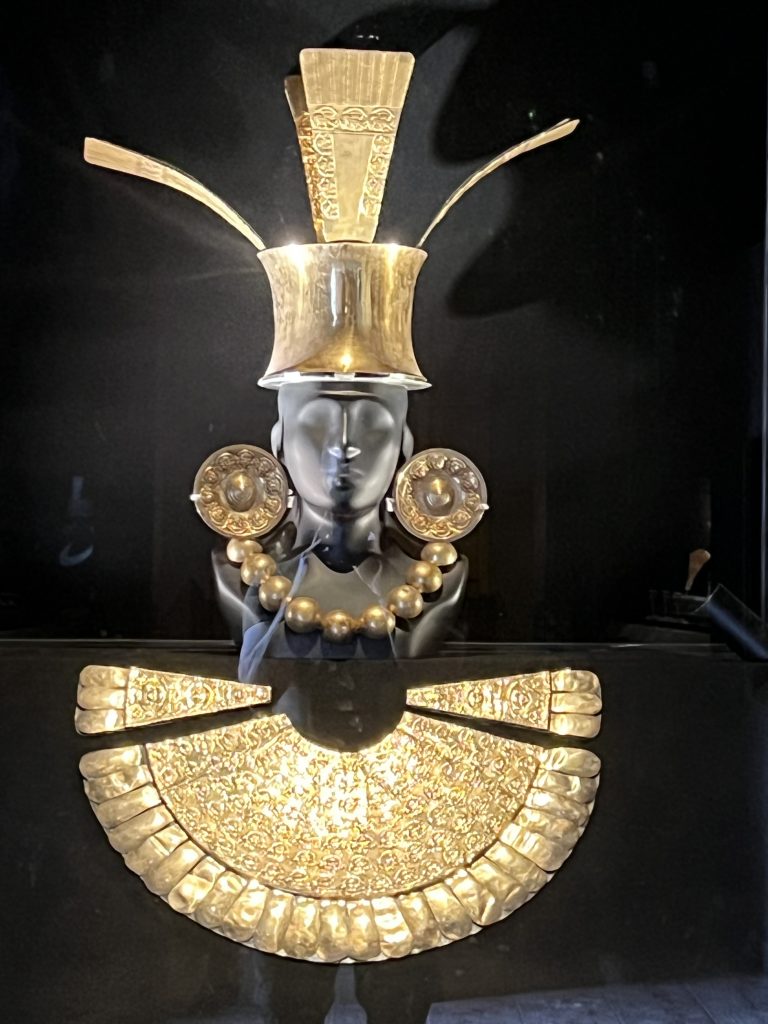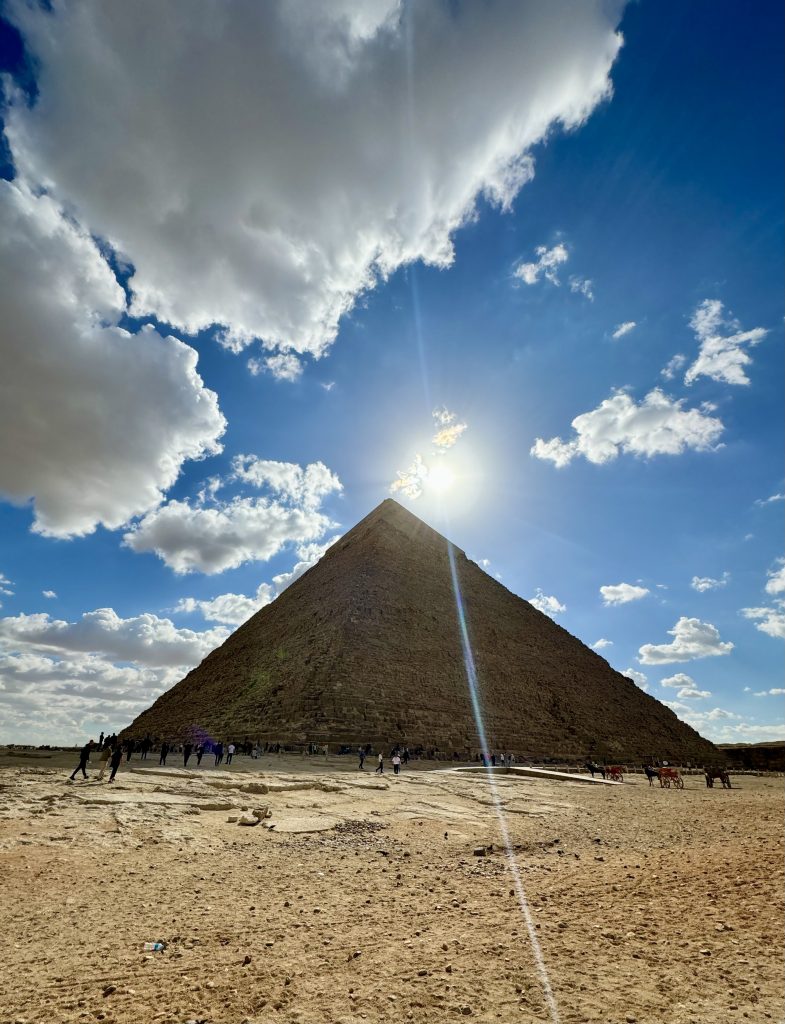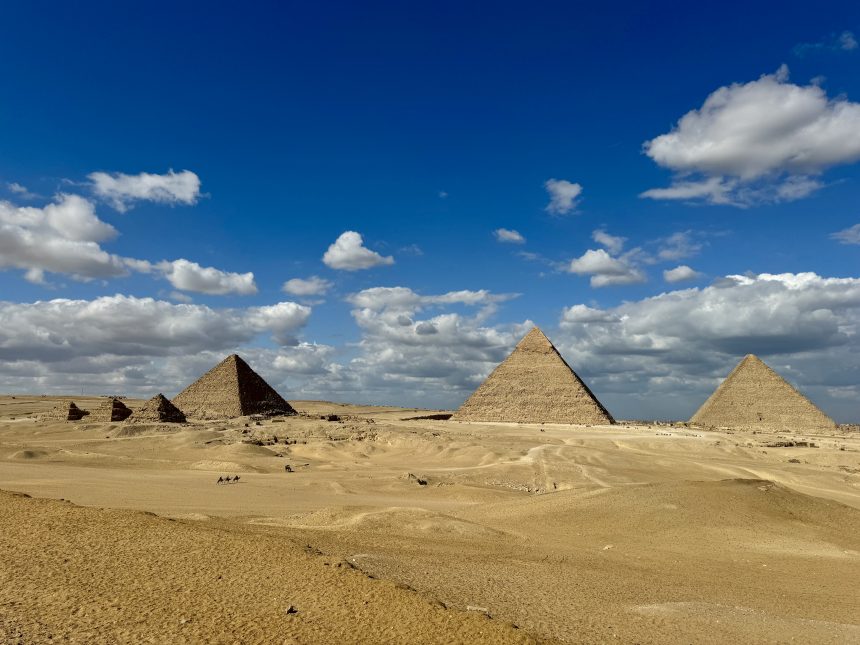The ancient civilizations of Egypt and the Incas of Peru, despite being separated by vast distances and time, shared intriguing similarities in various aspects of their societies, cultures, and beliefs. While they developed independently, their achievements and cultural practices demonstrate fascinating parallels. During my last trip to Egypt, I noticed ten things that the ancient Egyptians and the ancient Incas of Peru have in common.
1. Monumental Architecture and advanced Engineering and Construction Techniques
Both civilizations are renowned for their impressive architectural feats. The Egyptians built iconic pyramids, temples, and tombs, while the Incas constructed massive stone structures such as Machu Picchu, Sacsayhuamán, and Ollantaytambo. Both societies showcased advanced engineering skills and a deep understanding of construction techniques using locally available materials. The Egyptians built monumental structures with precise architectural alignments and intricate inner chambers. The Incas, known for their impeccable stonework without mortar, created durable structures resistant to earthquakes, showcasing their understanding of engineering principles. Ancient Egyptian buildings also largely withstood earthquakes.

2. Complex Religious Beliefs
Religion played a central role in the lives of both ancient Egyptians and Incas. They worshipped a pantheon of gods and goddesses, attributing various aspects of nature and life to divine forces. Religious ceremonies, rituals, and offerings were essential for maintaining cosmic balance and ensuring prosperity for their respective societies.
3. Sophisticated Agricultural Systems
Agriculture formed the backbone of both civilizations. The ancient Egyptians mastered the art of farming along the Nile River, utilizing irrigation techniques to maximize crop yields. Similarly, the Incas developed advanced agricultural methods such as terracing, crop rotation, and the use of guano as fertilizer, allowing them to cultivate crops in the challenging Andean terrain.
4. Hierarchical Societies
Social hierarchies were prevalent in both Egyptian and Incan societies. They had ruling elites, priests, warriors, artisans, farmers, and laborers, with distinct roles and responsibilities assigned based on social status and birthright. This structured hierarchy helped maintain order and stability within their communities.
5. Complex Writing Systems
The ancient Egyptians are famous for their hieroglyphic writing system, combining pictorial symbols and phonetic elements. Similarly, the Incas used quipu, a system of knotted strings, for record-keeping and communication. While quipu primarily represented numerical data, some scholars believe it may have contained encoded information beyond numbers.
6. Complex Funerary Practices and Beliefs in the Afterlife
Beliefs in the afterlife strongly influenced funerary practices in ancient Egypt and Incan Peru. Both cultures buried elites with valuable goods, provisions, and offerings for their journey to the next life. Tombs, pyramids, and burial sites were considered sacred places where the living could connect with the deceased, emphasizing continuity beyond death.

7. Cultivation of Textile Arts
Textiles held cultural and economic significance for both ancient Egyptians and Incas. They cultivated cotton and other fibers, developed sophisticated dyeing techniques, and produced intricate textiles for clothing, ceremonial purposes, and trade. Richly decorated fabrics symbolized wealth, status, and cultural identity in both societies.
8. Mummification Practices
The ancient Egyptians are famous for their elaborate mummification rituals associated with preserving the body for the afterlife. Similarly, the Incas practiced mummification, albeit with different techniques, to honor and preserve the remains of their rulers and elites. Mummified individuals held spiritual and political importance in Incan society.
9. Astronomical Knowledge and Observatories
Both civilizations possessed advanced astronomical knowledge, reflected in their calendars, religious practices, and architectural alignments with celestial events. The Egyptians aligned pyramids and temples with solstices and equinoxes, while the Incas built observatories like Intihuatana to track the movements of the sun and stars, crucial for agricultural and ceremonial purposes.
10. A Reverence for the Sun
I saved what I consider to be the most profound for last. The early Egyptians and early Incans both held a unique reverence for the sun, considering it a powerful deity and a vital force in their respective cosmologies. Both societies even made structures designed so that at similar times or days of the year, sun beams would cast perfectly on religious alters!




Leave a Reply